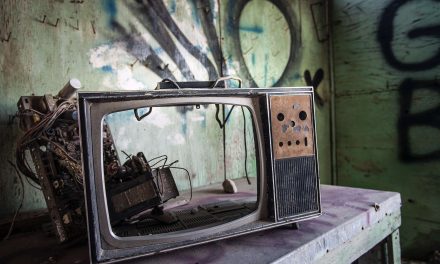In bringing to mind anormative sexual practices, the term queer may initially appear divorced from the realm of childhood. However, in falling down a certain rabbit-hole, one discovers the complex multiplicities of the term, whose ambivalence is necessitated by a shaping and reshaping of its meaning throughout the centuries. Related both to oddness and eccentricity, and to anormative genders and sexualities, the term queer is often used to butt against normalising regimes more broadly. Counter to narratives of fear that inflect discourses around childhood and sexuality, children’s screen cultures routinely celebrate alterity and thus queerness, equating nonnormativity with pleasure and play and opposing dominant cultural perceptions of deviance.
Scholars from various disciplinary backgrounds have addressed the topic of queerness and childhood, from the famous works of Michel Foucault to more recent explorations such as Bruhm and Hurley’s polarizing Curiouser: On the Queerness of Children (2004), and Stockton’s The Queer Child, or Growing Sideways in the Twentieth Century (2009). In the field of Children’s Literature, queerness has become a recent topic of discussion, with ground-breaking texts such as Abate and Kidd’s Over the Rainbow: Queer Children’s and Young Adult Literature, and Tison Pugh’s Innocence, Heterosexuality, and the Queerness of Children’s Literature, both published in 2011. Much less attention has been paid to queerness in children’s film and TV, despite the clear alignments between the two. This volume aims to address this gap, bringing together a collection that opens up a discussion around the ‘taboo’ relationships between queerness and childhood in relation to screen studies and practice.
The volume will be interdisciplinary in nature, in line wit the broad understandings of queerness, childhood, and, indeed, film and TV. Chapters are welcomed from a range of different disciplinary and methodological backgrounds, and may be based in any geographical location or historical period. Chapters from and about various global contexts are encouraged, alongside research that privileges intersectional topics. The conceptualisations of ‘queerness,’ ‘childhood,’ and ‘film’ remain very broad, as demonstrated in the suggested topics below. Notions of ‘the child’ may include other categories such as the tween, teen, and/or young adult. We are still welcoming chapter proposals on the following topics:
- Queer children’s film and TV in Latin America
- Children’s filmmaking and/as queer practice
- Queer disability/communities of care in children’s film/TV
- Queer children as film audiences
- Film festivals and queer children’s film / children’s film festivals and queerness
- Queer fandoms and children’s film
Queerness and the “kidult”
Having discussed timelines with the series editor, we are looking to publish the book at the beginning of 2026. We would hope to have initial abstracts (around 150-250 words) and bionotes (max 150 words) by 15th June 2024, so that we can put together the full proposal for EUP. Following this, we would really love to have first drafts by December 2024, second drafts by June 2025, and final drafts to be sent to EUP by September 2025 (exact dates TBC). Please feel free to contact queerchildrensfilmtv@gmail.com with your proposal and/or any queries.





